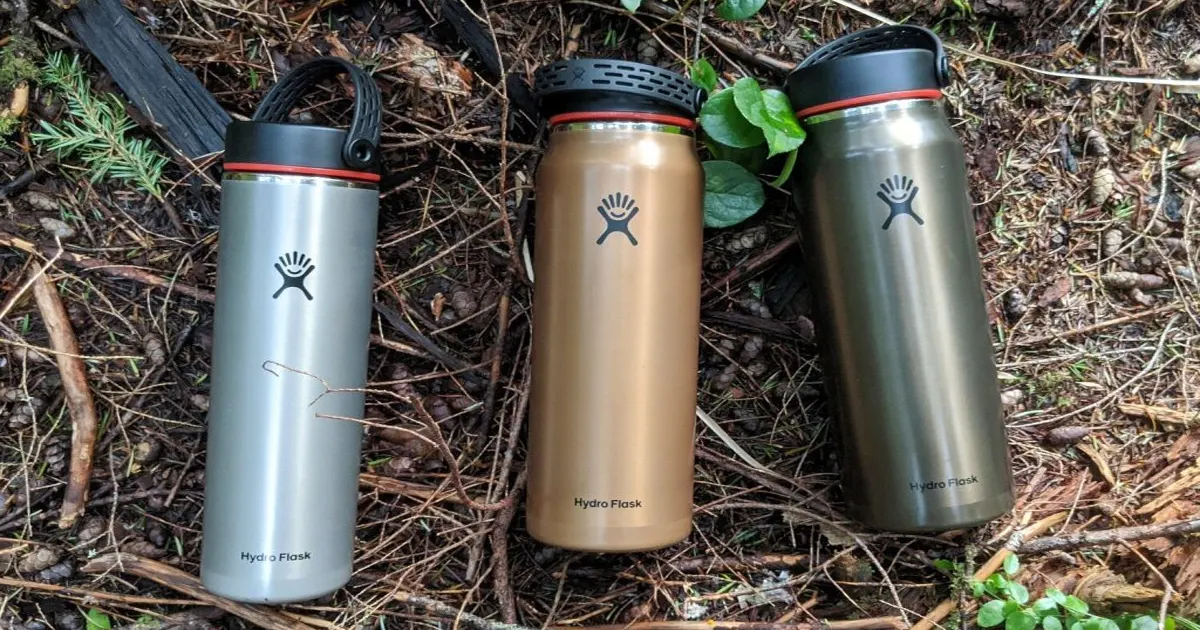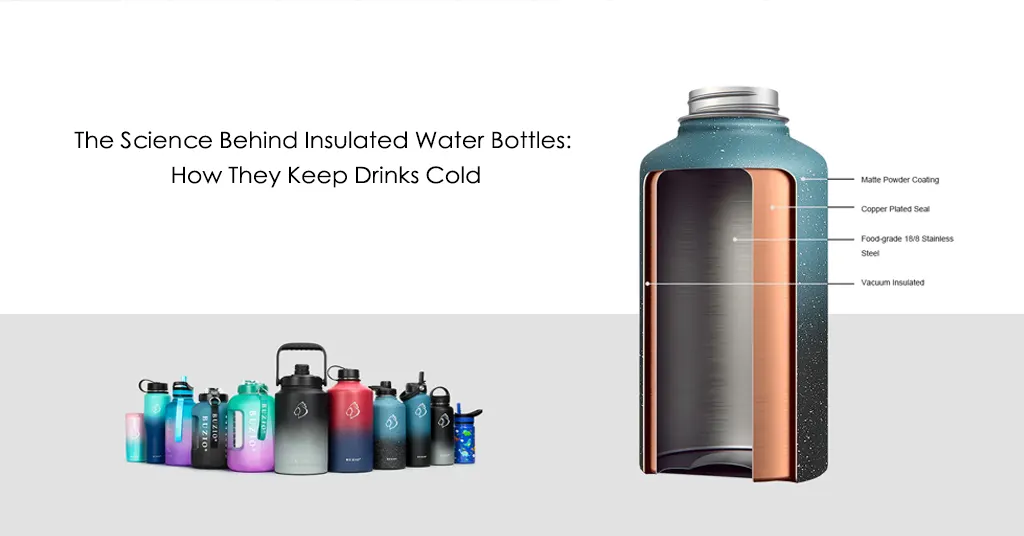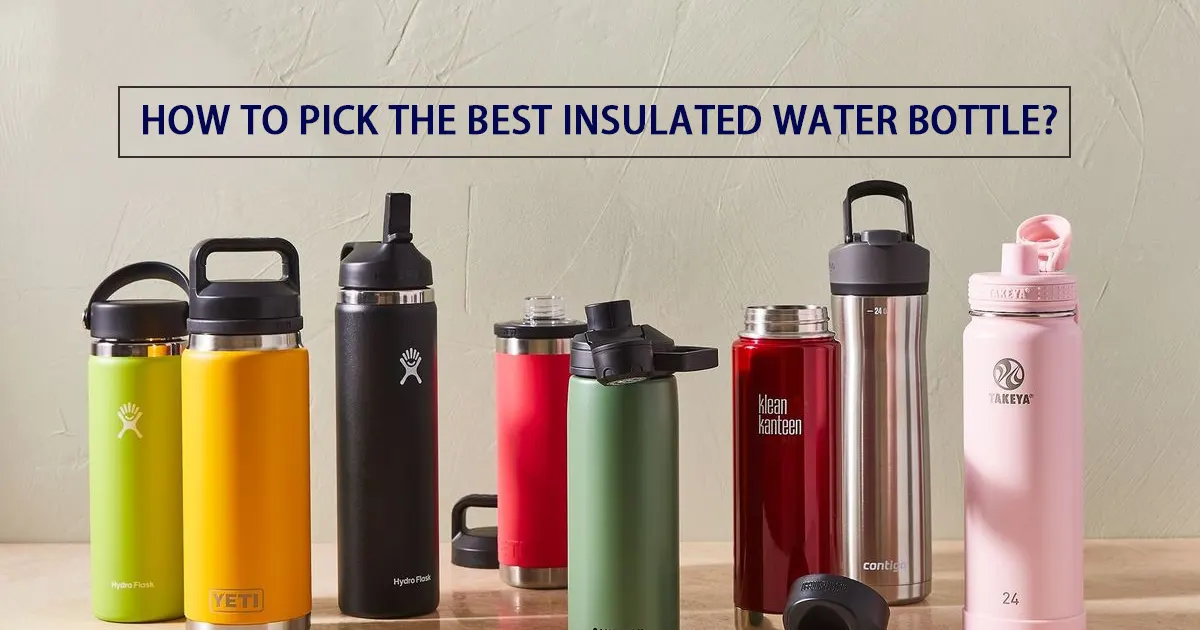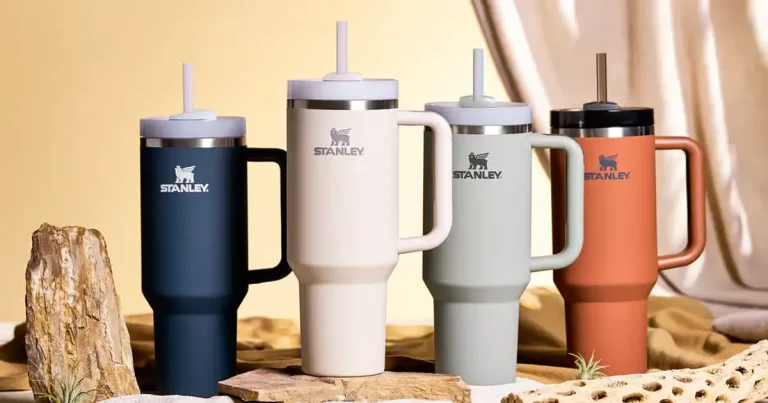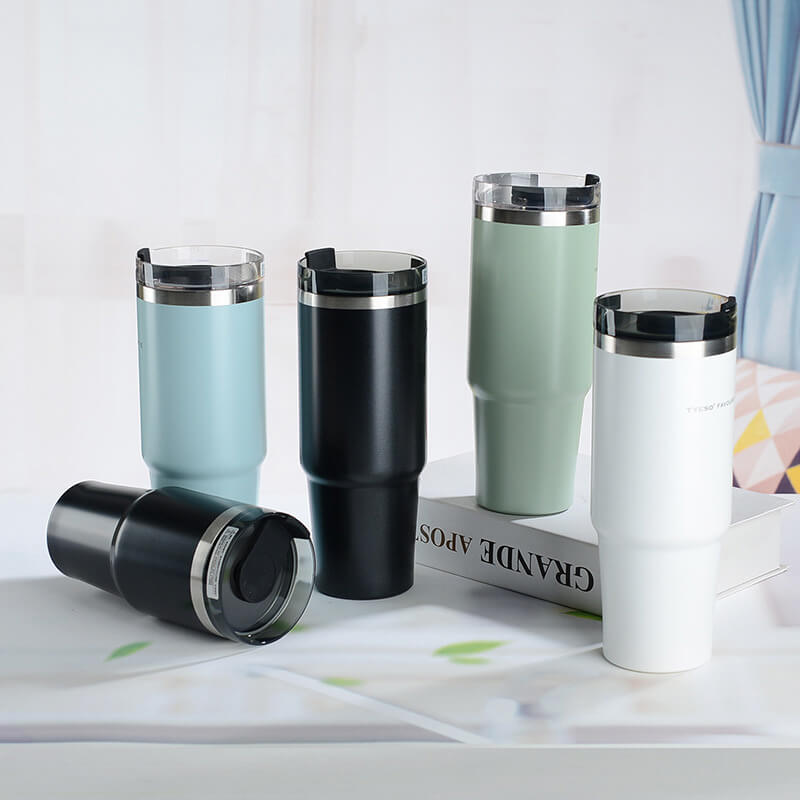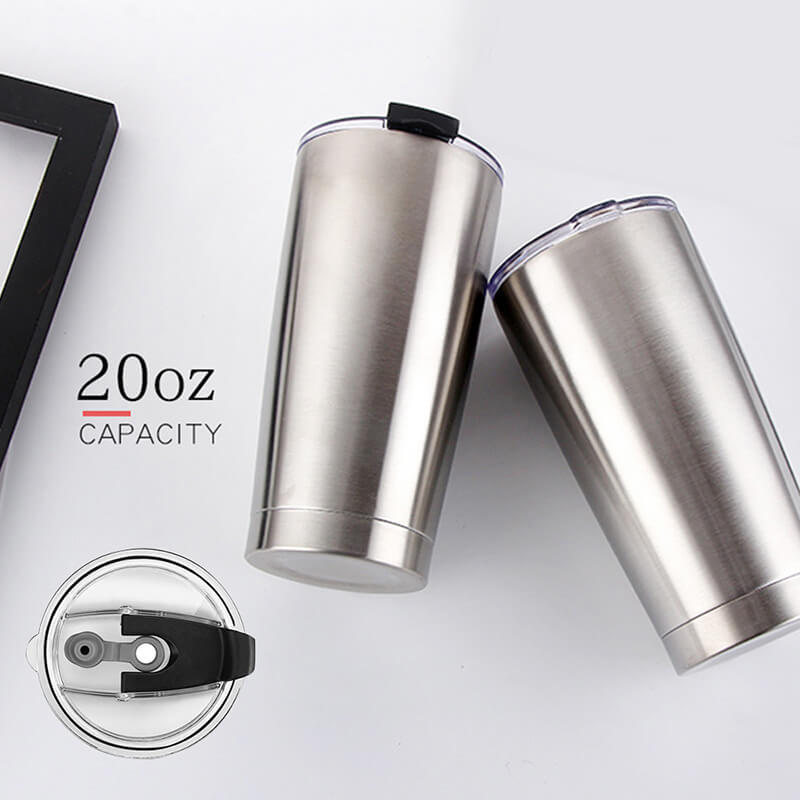Table of Contents
Do Stanley Tumblers Contain Lead?
The Stanley Quencher tumbler has become a global sensation, but a February 2025 social media controversy raised alarms about lead in Stanley cups. User tests claimed to detect lead at the bottle’s base, sparking fears of lead poisoning. Stanley responded, clarifying its manufacturing process. But are Stanley tumblers safe? This guide explores lead usage, health implications, safety measures, and comparisons with brands like Hydro Flask and Yeti, helping consumers make informed choices.
Do Stanley Tumblers Contain Lead?
Yes, Stanley tumblers contain lead in their manufacturing process, but it’s not exposed to users. Stanley’s statement (February 2025) explains:
“Our manufacturing process uses an industry-standard pellet to seal the vacuum insulation at the base. The sealing material includes some lead, covered by a stainless steel layer, making it inaccessible to consumers. No lead contacts the product’s surface or contents.”
Third-party tests by SGS (2025) confirmed no detectable lead on Stanley tumbler surfaces, with lead sealed within the base’s vacuum layer, meeting FDA safety standards.
Why Do Stanley Tumblers Use Lead?
Vacuum Insulation Process
Stanley tumblers use double-wall vacuum insulation to keep drinks:
- Cold for 11 hours
- Hot for 7 hours (Consumer Reports, 2025)
To seal the vacuum layer, a welding process at the base employs a lead-containing solder pellet. This is:
- Melted during vacuum sealing
- Encased in 18/8 stainless steel for durability and corrosion resistance (ASTM A240 standard)
Lead solder is used because it’s cost-effective and has a lower melting point (183°C vs. 217°C for lead-free solder), reducing production costs by 10-15% (Materials Science Journal, 2023).
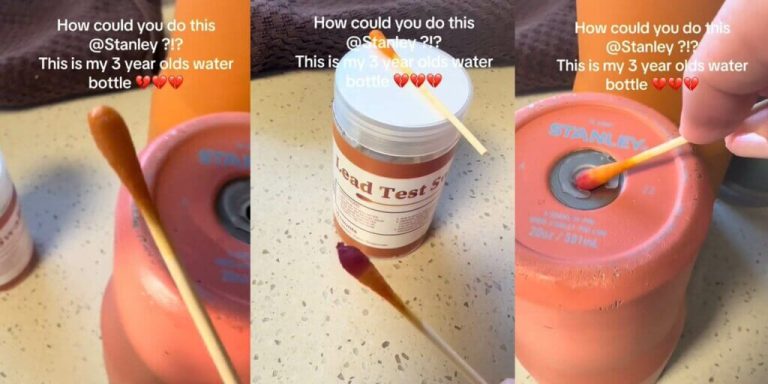
Safety Measures
- Stainless Steel Barrier: Prevents lead exposure unless the base is damaged.
- Certifications: FDA-compliant, BPA- and lead-free surfaces (SGS, 2025).
- Warranty: Stanley offers replacements for damaged tumblers, ensuring safety.
Health Implications of Lead Exposure
Lead is a neurotoxin with serious health risks, per the EPA (2023):
- Adults: Nervous system damage, kidney issues, reduced concentration.
- Children: Developmental delays, behavioral problems at low exposure levels (0.5 µg/dL blood lead level).
In Stanley tumblers, lead is inaccessible unless the base’s stainless steel layer is compromised (e.g., deep dents or cracks). A 2025 Consumer Testing Institute study found no lead leaching into water from intact Stanley tumblers, even after 500 wash cycles. However, damaged bottles could pose a risk of skin contact or liquid contamination, though this is rare (<0.1% of units, Stanley warranty data, 2025).
Are Stanley Tumblers Safe to Use?
Yes, Stanley tumblers are safe for everyday use if undamaged. Key safety factors:
- No Surface Lead: Third-party tests confirm no lead on drinking surfaces (SGS, 2025).
- Regulatory Compliance: Meets FDA and EPA lead limits for consumer products (<0.1% surface lead).
- Consumer Feedback: 4.7/5 safety rating in a 2025 Consumer Reports survey.
If the base is damaged, discontinue use and contact Stanley for a free replacement under their warranty (Stanley Support, 2025).
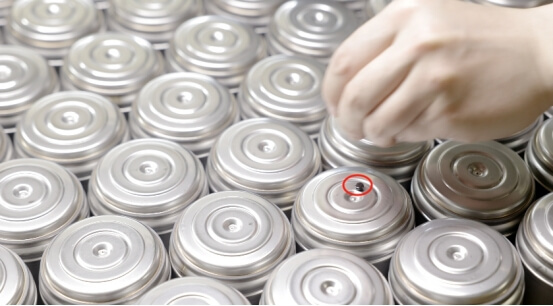
Comparing Stanley to Competitors
| Brand | Lead in Manufacturing? | Insulation (Cold/Hot) | Price | Certifications |
|---|---|---|---|---|
| Stanley Quencher | Yes (sealed) | 11h/7h | $30–$45 | FDA, SGS |
| Hydro Flask | No (lead-free) | 24h/12h | $40–$60 | FDA, LFGB |
| Yeti Rambler | No (lead-free) | 24h/12h | $35–$55 | FDA, SGS |
| Klean Kanteen | No (lead-free) | 20h/10h | $30–$45 | FDA, B Corp |
Source: Consumer Reports, 2025; Industry Week, 2024.
- Hydro Flask and Yeti: Use lead-free solder, with longer insulation but higher costs.
- Klean Kanteen: Lead-free, eco-focused, but shorter insulation.
- Stanley: More affordable but uses lead solder, with robust safety barriers.
Lead vs. Lead-Free Solder: Why the Difference?
| Feature | Lead Solder | Lead-Free Solder |
|---|---|---|
| Cost | Low ($0.10/kg) | High ($0.50/kg) |
| Melting Point | 183°C | 217°C |
| Equipment Wear | Minimal | Higher due to heat |
| Safety | Requires sealing | No sealing needed |
Lead-free solder, used by Hydro Flask and Yeti, increases costs by 20-30% due to:
- Expensive alloys (e.g., silver, tin)
- Higher energy use
- Specialized equipment
Stanley’s use of lead solder reflects a cost-saving choice, balanced by safety measures like stainless steel encasement.
Consumer Tips for Safe Stanley Tumbler Use
- Inspect Regularly: Check the base for dents or cracks; replace if damaged.Clean Properly: Hand wash with mild soap to preserve the stainless steel layer.
- Clean Properly: Hand wash with mild soap to preserve the stainless steel layer.
- Buy Reputable Brands: Choose FDA-certified tumblers like Stanley, Hydro Flask, or Yeti.
- Test for Peace of Mind: Use at-home lead test kits (e.g., 3M LeadCheck, $10) if concerned.
- Follow Warranty: Contact Stanley for replacements if issues arise ([email protected]).
- Avoid Counterfeits: Purchase from authorized retailers (e.g., Amazon, REI).
The Impact of the Stanley Lead Controversy
The 2025 controversy prompted industry shifts:
- Consumer Awareness: 60% of tumbler buyers now check for lead-free claims (Journal of Consumer Trends, 2025).
- Manufacturer Response: Brands like Hydro Flask emphasized lead-free production in marketing.
- Innovation: Some factories are adopting lead-free vacuum sealing lines, raising costs but improving safety.
Stanley’s transparency and warranty support maintained its 85% consumer trust rating (Consumer Reports, 2025).
FAQs About Stanley Tumblers and Lead
Are Stanley cups safe to use?
Yes, if undamaged, as no lead contacts surfaces or contents (FDA-compliant).
What happens if a Stanley tumbler is damaged?
Discontinue use if the base is cracked; contact Stanley for a replacement.
How do Stanley tumblers compare to Hydro Flask?
Stanley uses lead solder but is cheaper; Hydro Flask is lead-free with longer insulation.
Can I test my Stanley tumbler for lead?
Yes, use at-home kits like 3M LeadCheck to verify surface safety.
Are there lead-free water bottles?
Yes, Hydro Flask, Yeti, and Klean Kanteen use lead-free solder.
What are the health risks of lead in Stanley cups?
No risk unless the base is damaged, potentially causing skin or liquid exposure (EPA, 2023).
Conclusion: Are Stanley Tumblers Safe?
Stanley tumblers use lead in their vacuum sealing process, but it’s encased in stainless steel, ensuring no contact with users or contents in normal use. Third-party tests and FDA compliance confirm their safety, though damaged bottles should be replaced. Compared to lead-free brands like Hydro Flask and Yeti, Stanley offers affordability with robust safety measures. Use these tips to ensure safe hydration and stay informed about your tumbler’s quality.
More questions? Please feel free to contact YKSC, the leading vacuum insulated stainless steel water bottle manufacturer. Send an email to [email protected], you will get quick response within 24 hours.
Have Anything To Ask Us?
Please fill in the detailed information in the form, and we will contact you as soon as possible

